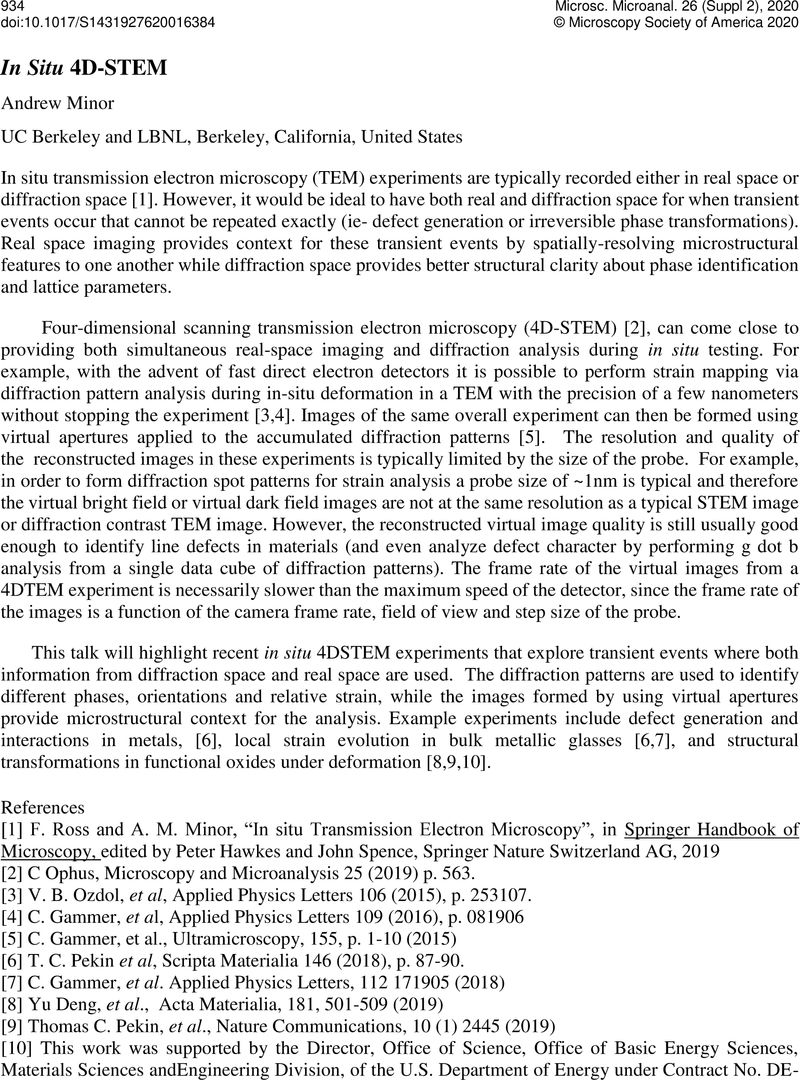Crossref Citations
This article has been cited by the following publications. This list is generated based on data provided by Crossref.
Tian, Yuan
Bi, Yutong
Xu, Mingjie
Boltynjuk, Evgeniy
Hahn, Horst
Han, Jian
Srolovitz, David J
and
Pan, Xiaoqing
2024.
Analyzing Structural Dynamics in Nanocrystalline Thin Films using In-Situ 4D-STEM: A Statistical Approach.
Microscopy and Microanalysis,
Vol. 30,
Issue. Supplement_1,






